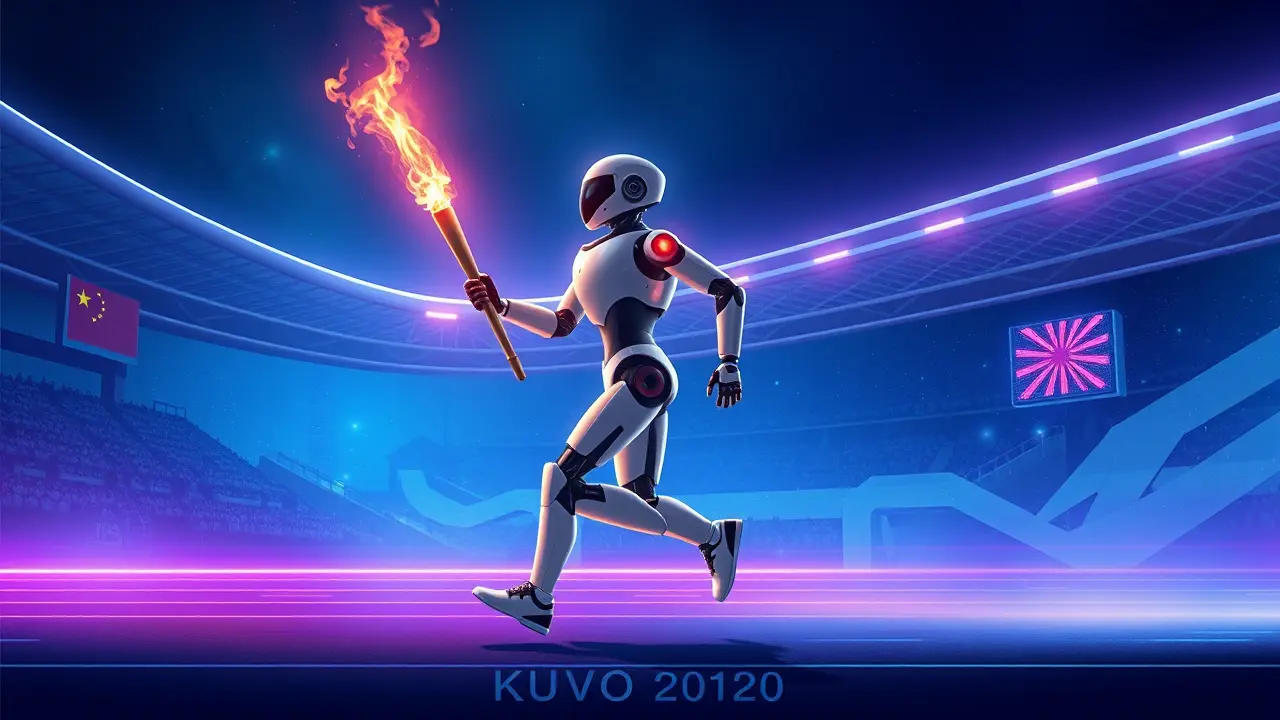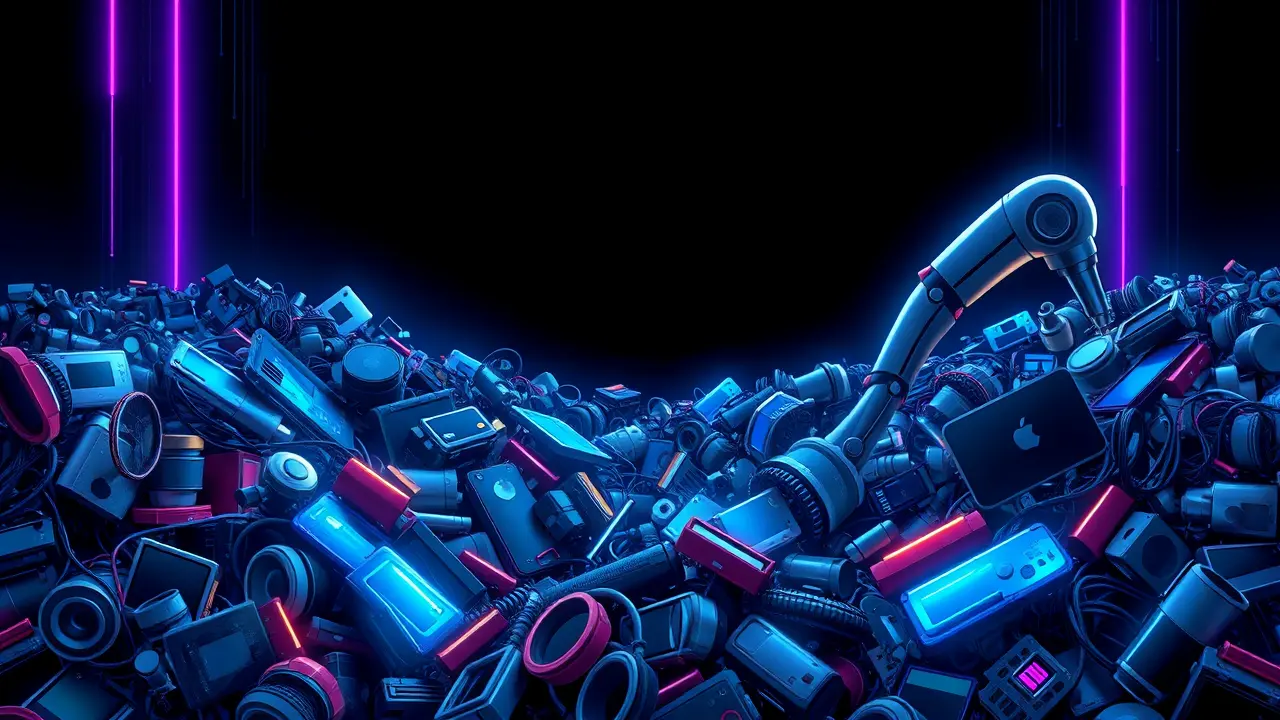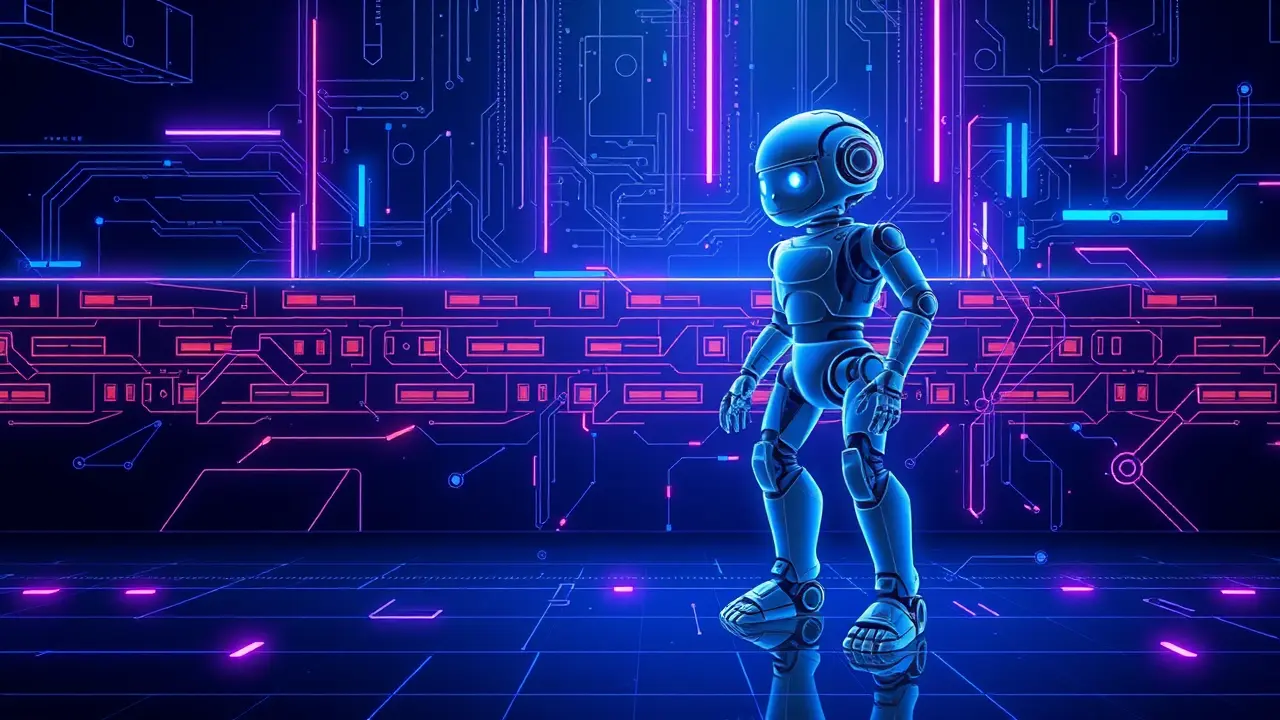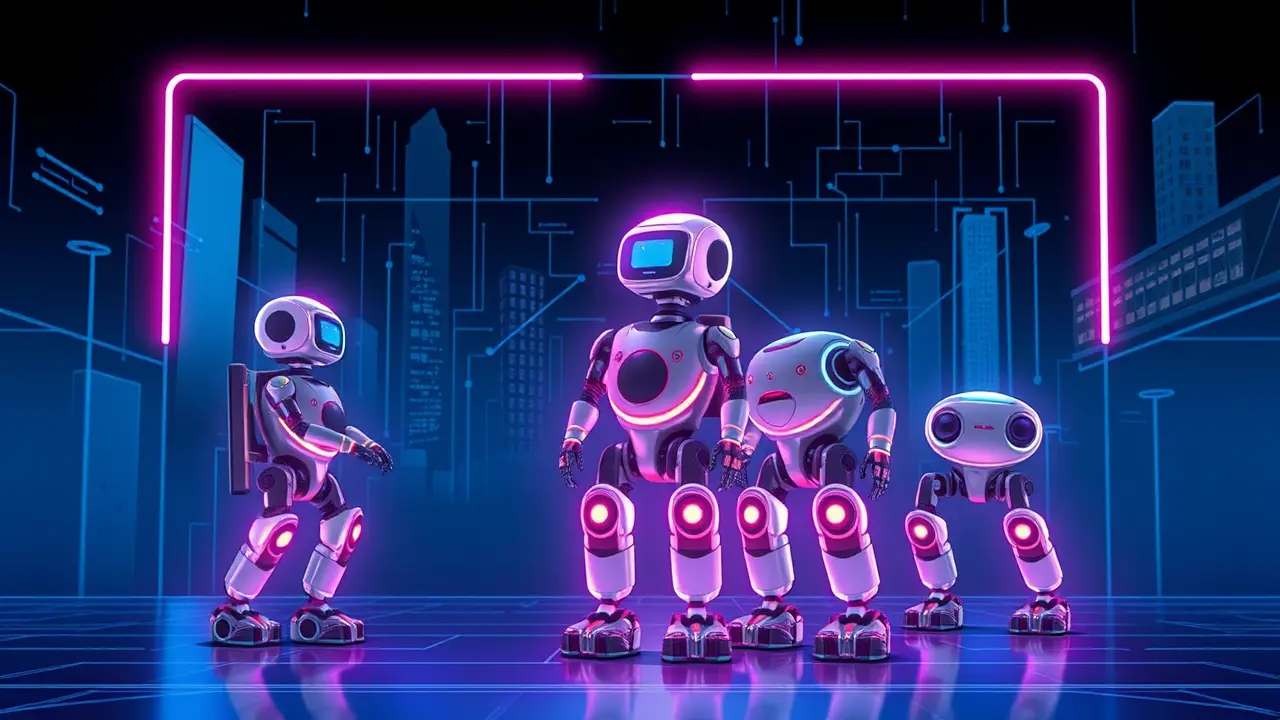
AIroboticsHumanoid Robots
Chinese Humanoid Robot Completes Torch Relay at National Games
EM
Emily Carter
9 hours ago7 min read
In a breathtaking fusion of human aspiration and technological triumph, the spirit of athletic endeavor was redefined this past Sunday in Shenzhen as a humanoid robot named Kuavo, standing 1. 47 metres tall, became the first of its kind to carry the sacred flame in a torch relay, a moment that felt less like a scientific demonstration and more like a scene from a future we’ve only dared to imagine.The scene at the Civic Centre was electric, charged with a unique blend of tradition and innovation, as retired badminton champion Yu Yang, a titan of human physical achievement, carefully passed the 1. 6-kilogram torch to the bipedal machine.With a grace that belied its mechanical nature, Kuavo then embarked on its 100-meter leg, its lifelike running movements a symphony of precision engineering and advanced artificial intelligence, each stride a silent testament to countless hours of programming and testing, before it seamlessly handed the flame to Wang Yuning, a local high-school student whose own passion represents the next generation of human potential. This was not merely a publicity stunt; it was a profound statement, a powerful metaphor for China's relentless drive to lead the global race in robotics and AI, echoing the same competitive fire that burns in the heart of every marathon runner pushing through the wall at mile 20.The symbolism is inescapable: just as the Olympic torch has historically passed from one civilization to another, carrying the ideals of excellence and unity, this event marks the passing of a baton into a new era where silicon and steel can participate in our most cherished human rituals. One can't help but recall the words of legendary runner Steve Prefontaine, who said, 'To give anything less than your best is to sacrifice the gift.' The engineers behind Kuavo have clearly taken this to heart, gifting the world a vision of a future where technology does not replace human spirit but amplifies it, creating new arenas for competition and collaboration. The implications stretch far beyond the ceremonial; this demonstration proves the staggering stability and dexterity of bipedal robots in dynamic, unpredictable environments, paving the way for their use in search-and-rescue missions, complex manufacturing, and even as companions for the elderly.Yet, it also ignites a crucial conversation about the evolving nature of sport itself. Will we one day see a 'Robo-Olympics'? Could human athletes someday train alongside AI-powered partners that analyze their form in real-time? The path forward is as thrilling and uncertain as the final lap of a close race, filled with both immense opportunity and profound ethical questions. For now, we are left with a singular, inspirational image: a machine, born from human ingenuity, running with a torch held high, not as a replacement for the human touch, but as a brilliant, burning promise of what we can achieve when we dare to run faster, reach higher, and dream bigger, together.
#featured
#China
#humanoid robot
#Kuavo
#torch relay
#robotics breakthrough
#National Games
#AI innovation
Stay Informed. Act Smarter.
Get weekly highlights, major headlines, and expert insights — then put your knowledge to work in our live prediction markets.
Related News
© 2025 Outpoll Service LTD. All rights reserved.









